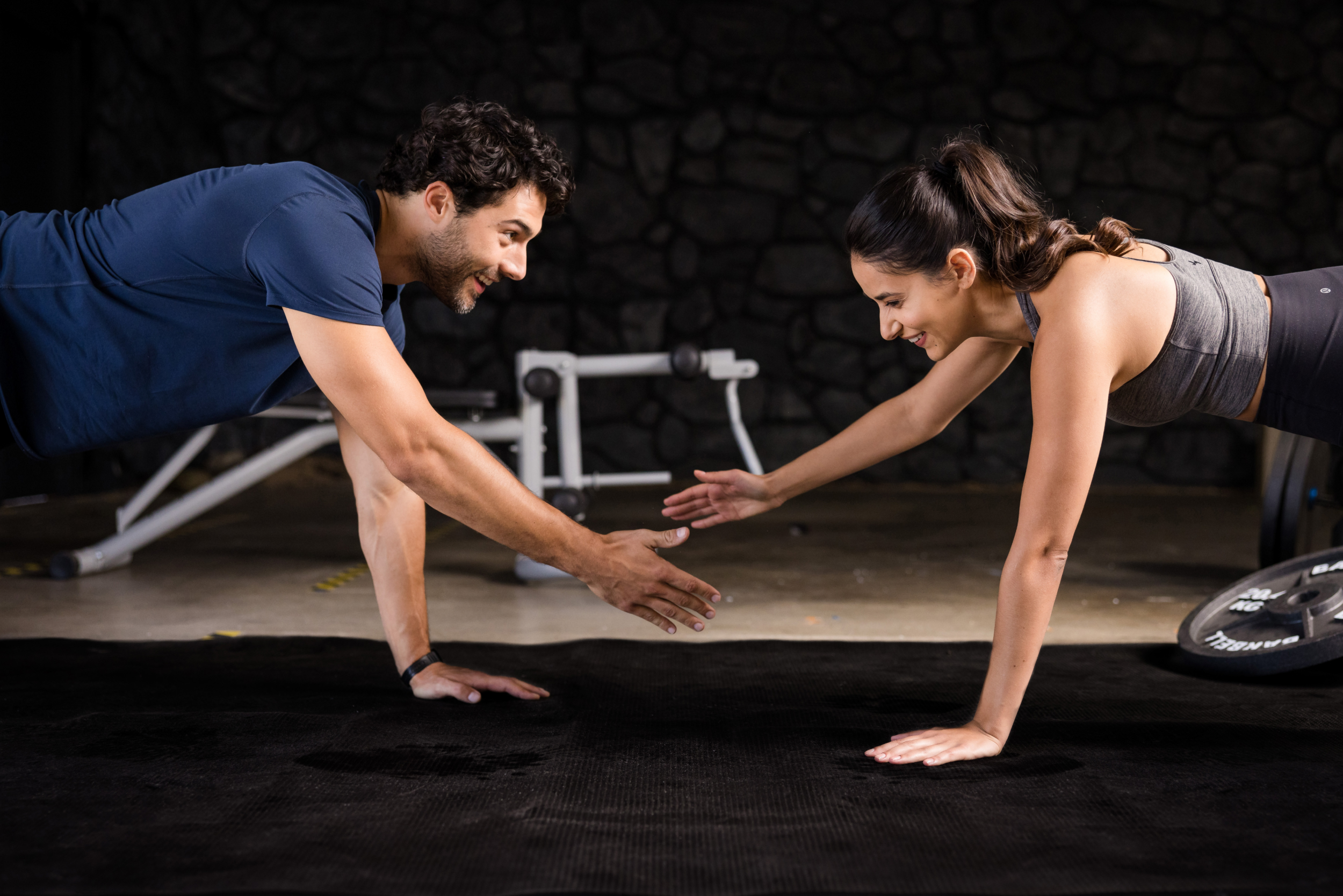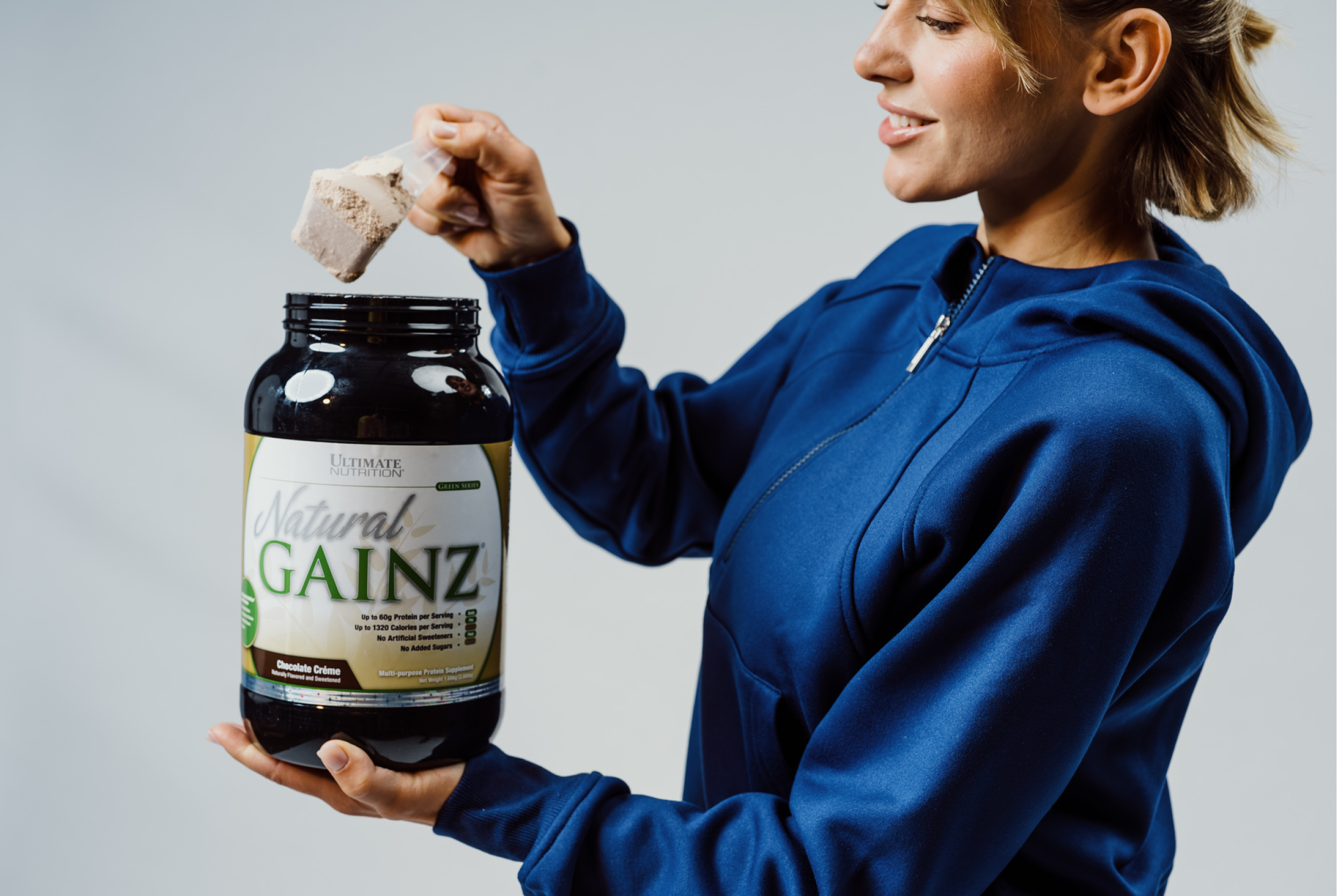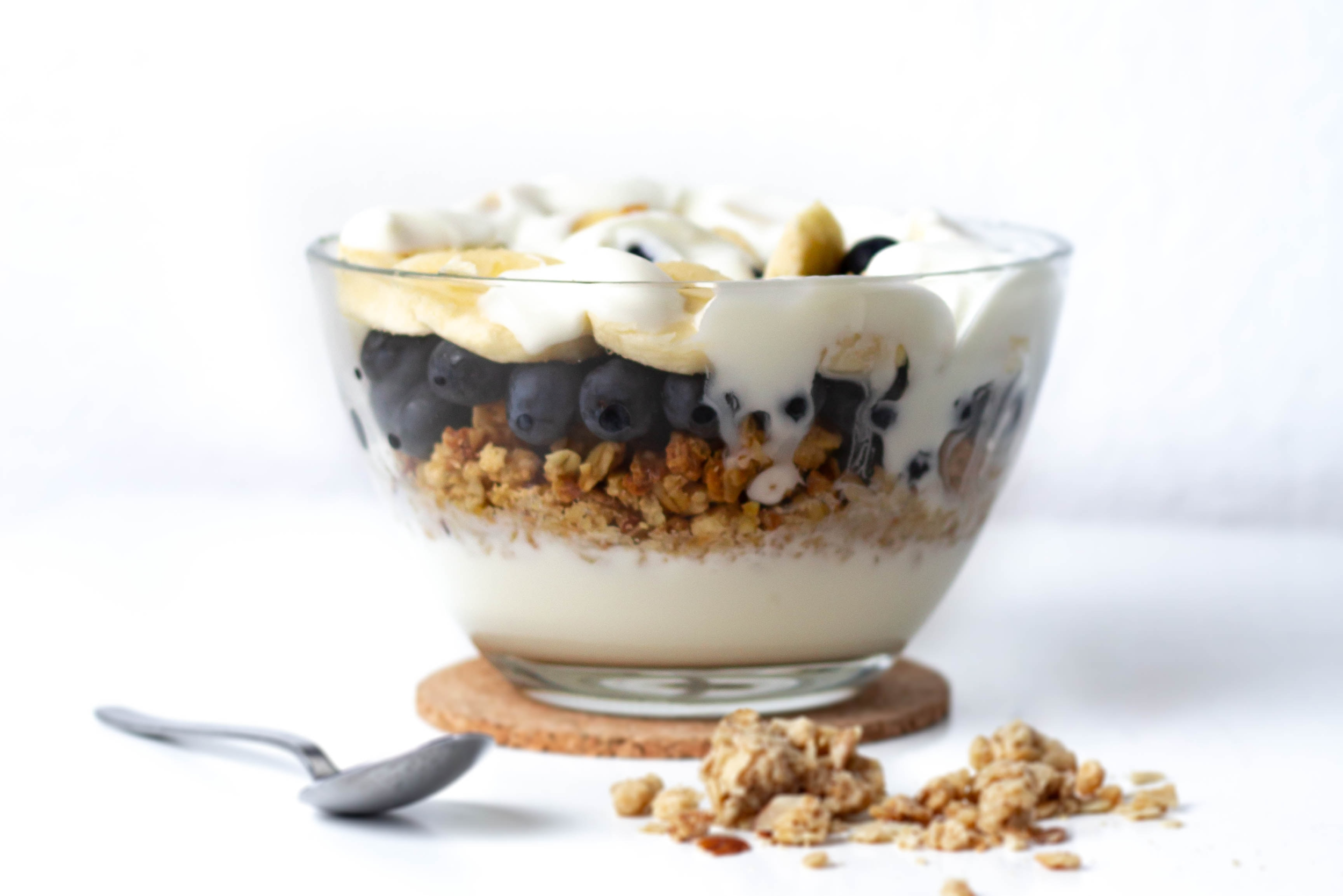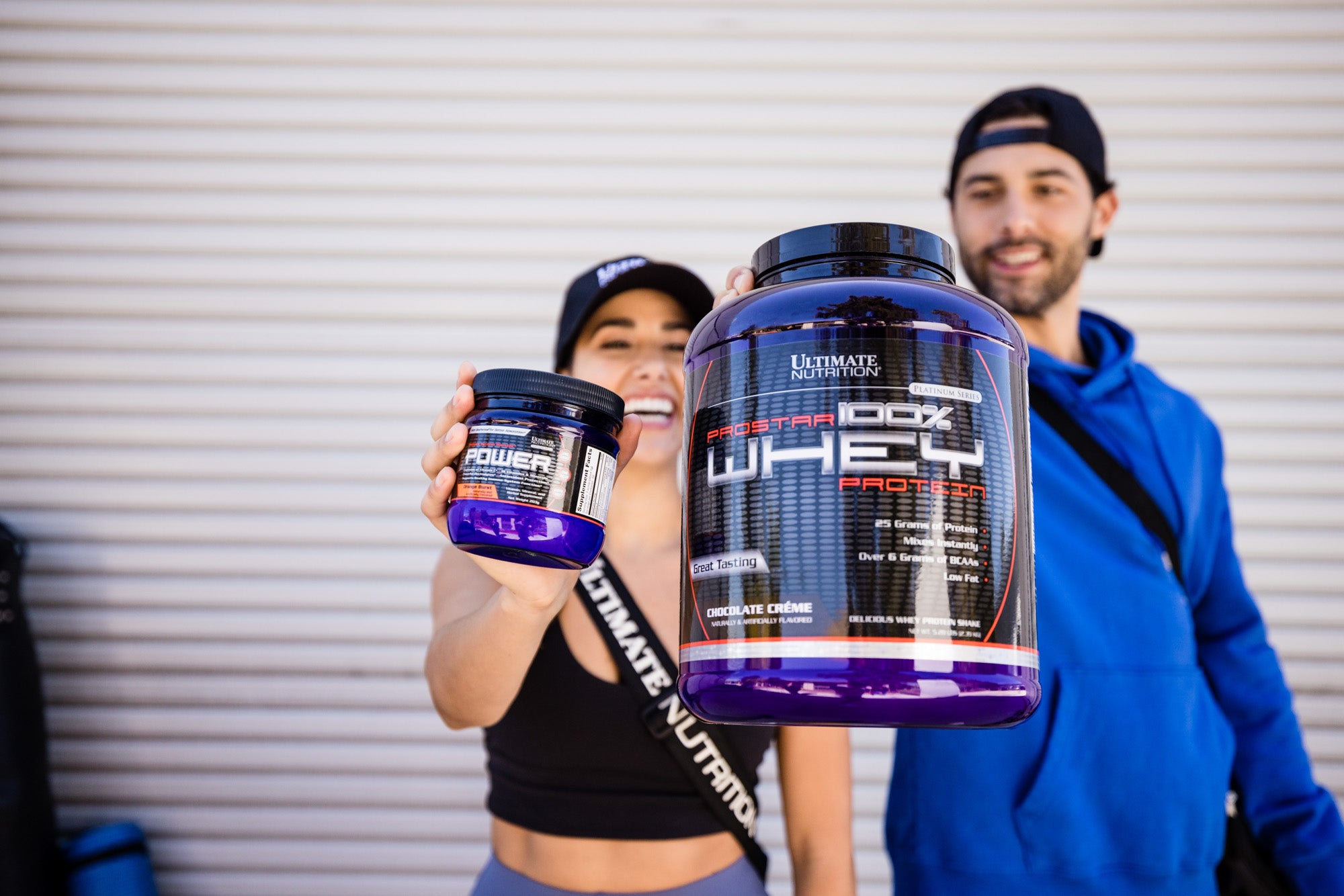Deadlifts are often crowned the king of gym exercises but spark curiosity and caution in equal measure. Are they a one-way ticket to gainsville or a fast track to injury?
Make no mistake: Like any exercise, performing a deadlift incorrectly can lead to injury, meaning it’s crucial to do it carefully. When done correctly, deadlifts provide significant benefits.
This comprehensive guide breaks down everything from the deadlift's mechanics to its variations and even some safer alternatives.
What is a Deadlift?
At its core, a deadlift is a quintessential weightlifting exercise that involves lifting a weighted barbell from the ground to hip level and then lowering it back down.
It's a powerful movement that mirrors everyday activities like picking up a heavy box. The effectiveness of a deadlift lies in its simplicity and the holistic engagement of multiple muscle groups.
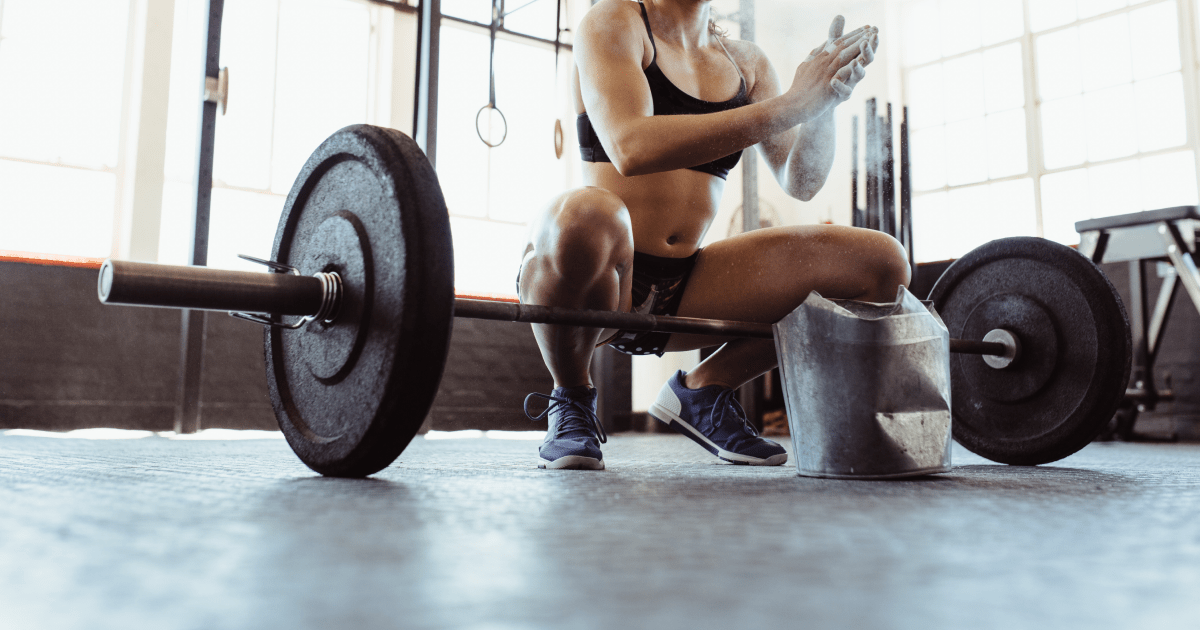
What Muscles Do Deadlifts Work?
Deadlifts are renowned for their ability to provide a full-body workout, but their primary focus is on the posterior chain – the muscles on the backside of your body. Here's a detailed breakdown:
- Lower Back: Lower back muscles are crucial for maintaining a straight spine during the lift. They work tirelessly to support your torso and prevent any harmful back rounding.
- Glutes: Your glutes are powerhouses in deadlifts, engaged heavily as you drive your hips forward to stand up with the weight.
- Hamstrings: Hamstrings play a vital role in the lifting phase, working in concert with your glutes to extend your hips.
- Upper Back and Traps: Your upper back and traps get a solid workout as they work to stabilize your shoulders and spine.
- Forearms and Grip Strength: Holding onto a heavy barbell isn’t easy. Your forearms get a substantial workout, improving your grip strength.
- Core: Often overlooked, your core muscles stabilize your midsection, protecting your spine and maintaining proper posture.
- Quadriceps: While they're not the main focus, your quads assist in extending your knees during the lift.

Are Deadlifts Good or Bad For You: Pros and Cons
Are deadlifts excellent or bad for you? The answer largely depends on execution and individual health conditions.
Deadlift Benefits
When performed with proper form and appropriate weight, the benefits are substantial:
Full Body Workout
Few exercises work as many muscle groups simultaneously as the deadlift. From your legs to your back, core, and arms, it’s a comprehensive exercise that contributes to overall muscle growth and development.
Functional Fitness
The movement pattern of a deadlift is functional, mimicking everyday actions like picking up objects from the ground. This makes it a practical exercise that enhances your ability to perform daily tasks safely and efficiently.
Boosts Metabolic Rate
Being a compound and intense exercise, deadlifts can elevate your metabolic rate, aiding in fat loss and improving overall fitness.
Corrects Imbalances
Deadlifts can help correct muscular imbalances, particularly in the legs and lower back, promoting better posture and reducing the risk of injury in other activities.
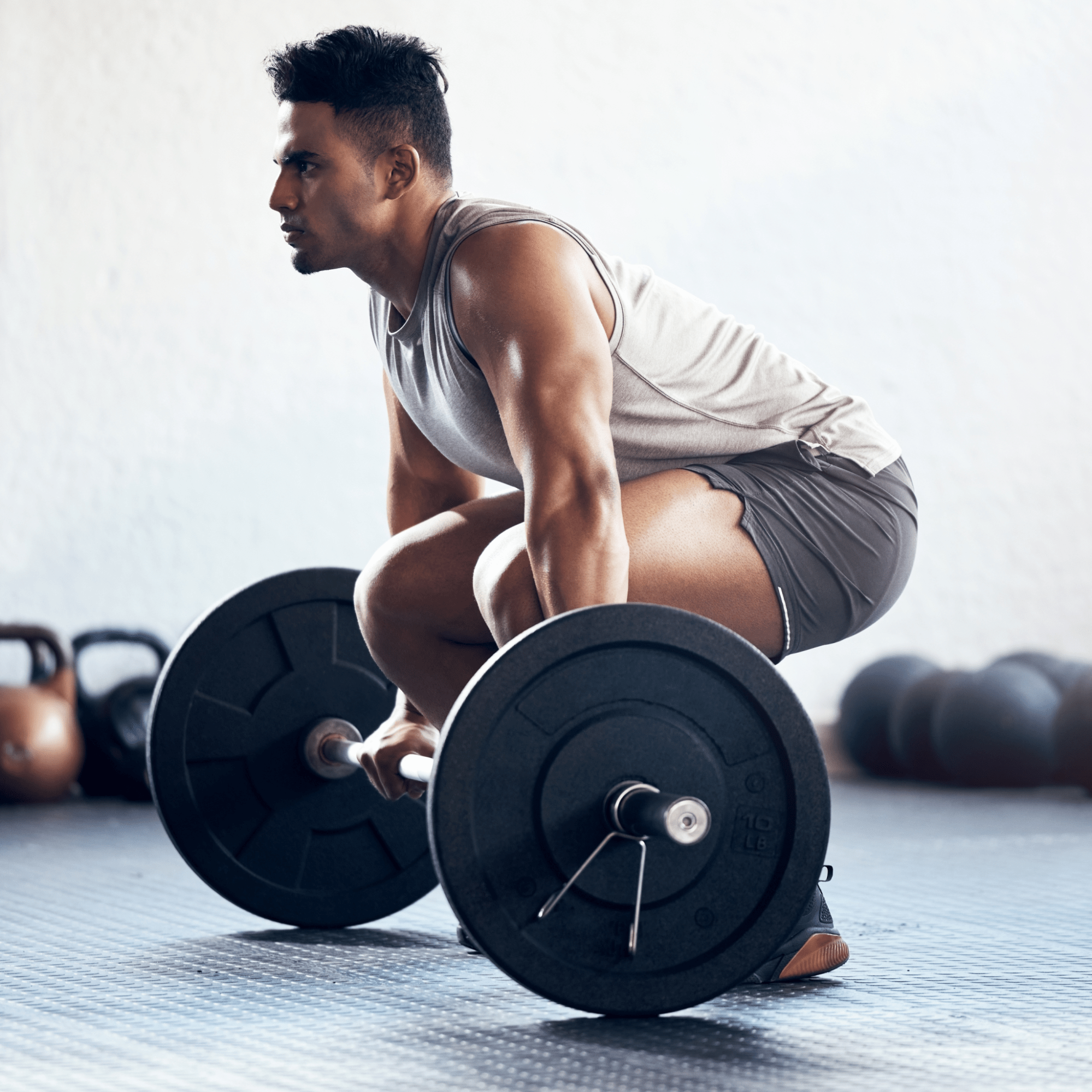
Deadlift Risks
Despite their advantages, deadlifts can pose risks if not performed correctly or if individual health factors are not considered.
Risk of Lower Back Injury
The most common concern with deadlifts is the risk of lower back injuries. This usually results from improper form, such as rounding the back during the lift, which puts excessive pressure on the spinal discs.
Joint Strain
Deadlifts involve multiple joints, including the hips, knees, and ankles. Incorrect form or excessive weight can lead to strain or injury in these areas.
Muscle Strains and Tears
Lifting too heavy or with poor technique can result in muscle strains or tears, particularly in the back, hamstrings, and biceps.
Mastering Proper Deadlift Form
Good form is non-negotiable in deadlifts. Follow these steps to ensure proper form:
#1 Foot Placement
Position your feet hip to shoulder-width apart, with the middle of each foot under the barbell. This stance provides a stable base for the lift.
#2 Hip Hinge
Begin your approach by hinging at the hips. This movement is critical to a proper deadlift and differentiates it from simply squatting down. Keep your hips back and your chest up.
#3 Spine Alignment
Maintain a neutral spine throughout the movement. Imagine keeping a straight line from your head down to your tailbone. Avoid rounding or over-arching your back.
#4 Grip
Reach down and grip the bar. The grip can be either both palms facing you (double overhand), one palm facing you, and the other facing away (mixed grip). Ensure your grip is just outside your legs.
#5 Bar Position
The bar should be close to your shins, almost touching. This position ensures the weight stays as close to your center of gravity as possible, reducing strain on your back.
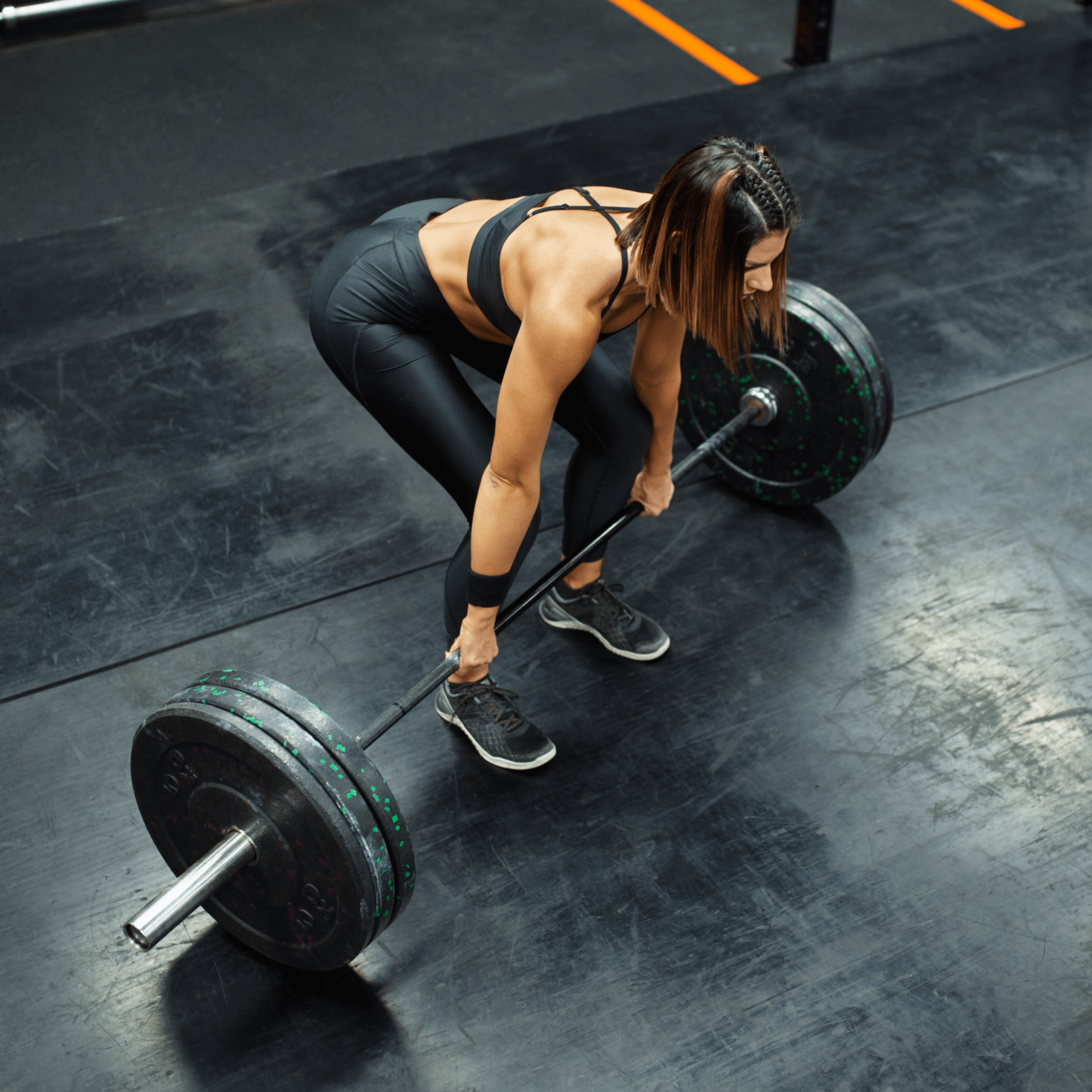
#6 Arm and Shoulder Position
Keep your arms straight and your shoulders slightly in front of the bar. This alignment engages your lats, which is essential to maintaining a solid upper back during the lift.
#7 The Lift
Drive through your heels to stand up, pushing the floor away from you. Keep the bar close to your body as you lift. Your hips and shoulders should rise at the same rate.
#8 Hip Extension
As you approach the top of the lift, fully extend your hips and knees. Engage your glutes to help with this movement, but avoid hyperextending your lower back.
#9 Lowering the Bar
To return the bar to the ground, hinge at the hips first, then bend your knees once the bar passes them. Control the descent – it's just as important as the lift.
#10 Breathing
Breathe in, brace your core before you lift, and exhale as you pass the most challenging part of the lift.
Proper breathing helps maintain intra-abdominal pressure, which is crucial for spine stability.

Exploring Deadlift Variations
There's more than one way to deadlift. Each deadlift alternative targets different muscle groups and caters to various skill levels.
- The Sumo Deadlift: A wider stance that shifts focus to the inner thighs and glutes.
- Romanian Deadlifts: These deadlifts emphasize the hamstrings and glutes with a straighter leg position.
- Stiff-Legged Deadlifts: This variation further intensifies the focus on the hamstrings, while the trap bar deadlift offers a more neutral spine position, potentially reducing back strain.
Master Deadlifts with Ultimate Nutrition
At Ultimate Nutrition, we believe in taking care of your body. At its worst, exercise can cause needless long-term harm. At its best, you can fuel your days and harness your energy.
Follow our blog for in-depth looks at fitness topics, from how to perform drop sets to how to start kettlebell training. Follow our Training tips while carefully maintaining a steady, safe form. When you’re done working out, our Performance and Recovery supplements will help return your body to its baseline without injury.
Don’t be afraid of exercise. Dive into it with the proper mindset and care, and you’ll be ahead in no time.
The information provided in our articles are meant for informational and educational purposes exclusively and should not be considered as medical advice. It is essential to consult a healthcare professional before starting a new nutritional product and/or making significant changes to your diet and/or starting a new exercise regime. These products are not intended to diagnose, treat, cure, and/or prevent disease.


